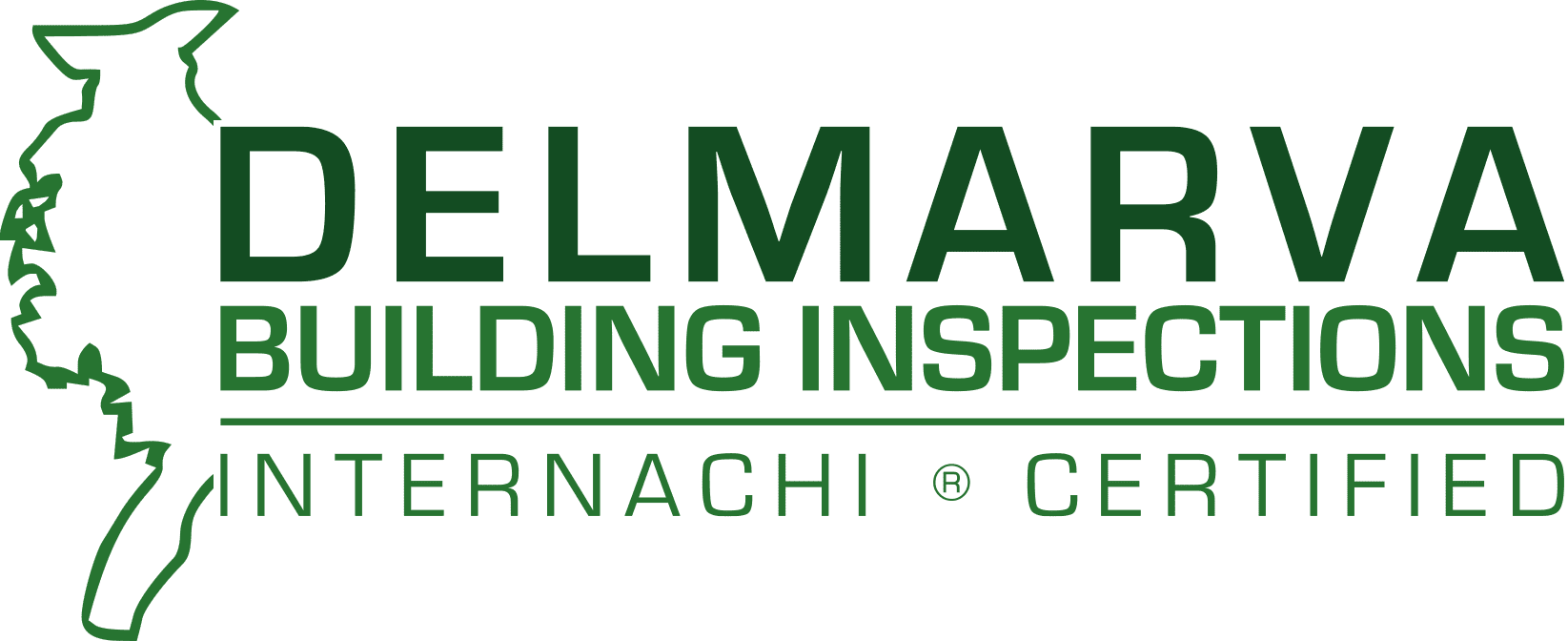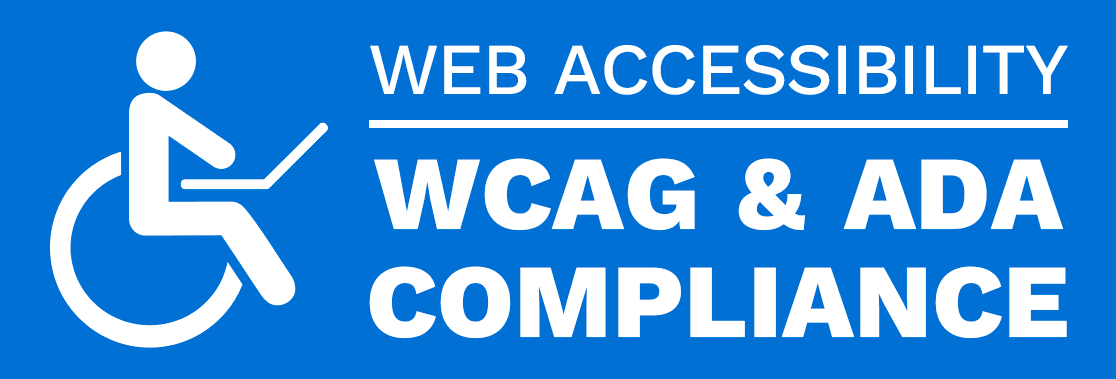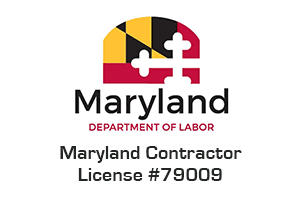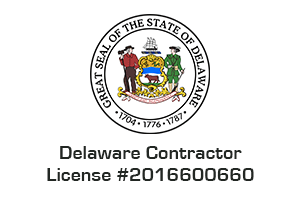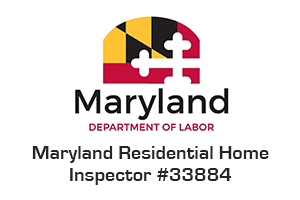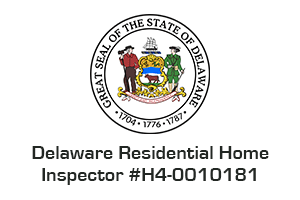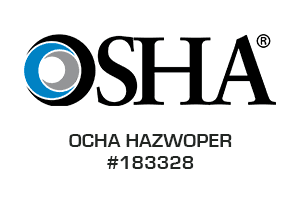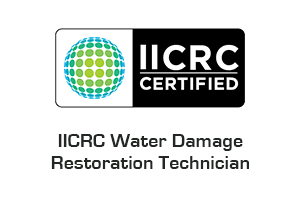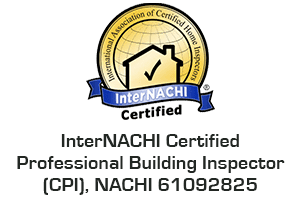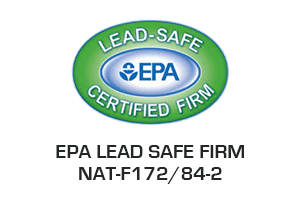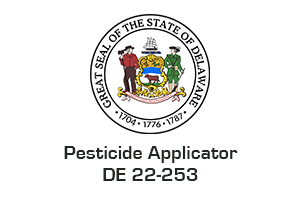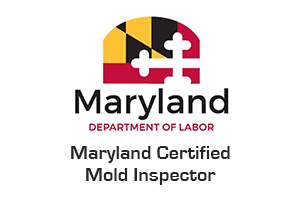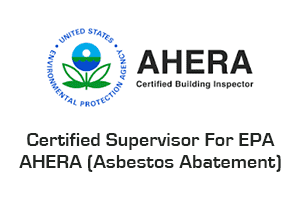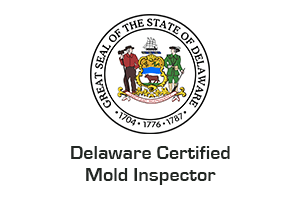What is a Home Inspection?
A home inspection is a thorough, objective visual examination of a house’s physical structure and systems, from the roof down to the foundation. A certified professional performs this assessment to inform potential buyers about the home’s condition and any immediate or potential problems. It typically covers key aspects of the home, including its electrical, plumbing, HVAC systems, roof, floors, windows, doors, foundation, and structural components. The inspector provides a detailed report identifying defects or areas needing repairs, enabling buyers to make informed decisions about the property. This can be a critical step in the home-buying process and is usually a condition of the purchase agreement. Below is your buyer’s checklist.
The Home Inspection Contingency
A Home Inspection Contingency is a clause in a real estate purchase agreement that allows the buyer the right to obtain a professional inspection of the property. Suppose significant defects are discovered during the inspection. In that case, this contingency allows the buyer to either negotiate repairs with the seller, request a price reduction, or withdraw from the transaction without penalty, often with a full refund of their earnest money deposit. This contingency protects the buyer from unforeseen issues, ensuring the property’s condition before finalizing the purchase. It effectively makes the purchase offer conditional on the home inspection results, offering buyers a critical layer of protection and peace of mind. Find out more with your buyer’s checklist below.
How to Choose the Right Home Inspector
Selecting the right home inspector is crucial in the home-buying process. Start by seeking certified professionals through organizations like ASHI or InterNACHI, which ensure inspectors meet certain standards and follow a code of ethics. Experience is key; opt for an inspector with several years under their belt. Request and review a sample report to assess clarity and comprehensiveness. Ask for references and actually call them to inquire about their experiences. Compare prices, but don’t just opt for the cheapest; weigh the cost against qualifications and thoroughness. Ensure the inspector is insured with liability coverage. Finally, select someone who communicates clearly and is willing to explain their findings. This careful selection is an investment in your future home’s safety and your peace of mind.
Attending The Inspection
When possible, we recommend home buyers attend their home inspection so they can see the damage firsthand and ask questions. These discussions with the inspector in real-time lead to more in-depth information about your home than what you will find on the inspection report. Attending the inspection also allows you to familiarize yourself with the property in a detailed way. You’ll learn about the home’s systems, maintenance requirements, and potential areas that might need future attention. It provides an opportunity to clarify any unfamiliar terms or conditions, making the report easier to understand when you receive it. Additionally, being physically present can give you a sense of the severity of any uncovered issues, which is difficult to gauge from a report alone.
In summary, attending the home inspection is not just about being there; it’s about being an informed and active participant in one of your life’s most significant investments. It equips you with knowledge and perspective to empower you to make confident decisions regarding your potential new home.
Armed With This Knowledge, You Can Avoid Nasty Surprises
A thorough home inspection can reveal critical information about the condition of a house and its systems. It involves a detailed examination of a home’s structural integrity, as well as its electrical, plumbing, and HVAC systems. Armed with this knowledge, you can avoid nasty surprises down the line and negotiate a fair price. This article serves as your comprehensive guide and your trustworthy companion through this pivotal step. It’s your buyer’s checklist for a smart purchase.
What Is A Seller’s Disclosure Statement
The Seller’s Disclosure Statement, also known as a Property Disclosure Statement, is a document in which a seller of real estate provides certain information and disclosures about the property being sold. It is a critical part of the home selling process in many regions, as it provides the buyer with a detailed account of the property’s condition, features, and history based on the seller’s knowledge. Here’s a breakdown of the Seller’s Disclosure Statement, its importance, typical content, and legal implications:
Purpose and Importance:
- Informed Decisions: The main purpose of this document is to inform potential buyers about the condition and history of the property. This transparency allows buyers to make informed decisions.
- Legal Protection: The disclosure statement serves as a layer of legal protection for sellers. By providing accurate and complete information, sellers can reduce the risk of future legal claims from buyers related to property conditions.
- Facilitating Transactions: Providing clear and transparent information can smooth the selling process, reducing surprises that might otherwise delay or derail a sale.
Grounds and Exterior Structure: Your Buyer’s Checklist
- Foundation is stable and free of significant cracks
- Septic tank shows no signs of leakage
- Proper drainage is maintained, preventing standing water near the house
- Crawl spaces are accessible for plumbing maintenance
- Exterior walls are upright and free from sagging
- Window and door frames are uniformly shaped
- Siding remains intact without visible damage or cracks
- Brickwork is solid, with mortar joints free of cracks
- Paint maintains its integrity, without peeling or staining
- Roof shingles are secure and undamaged
- The gutters are in good condition and drain as expected
- Chimney stands vertically and is free of damage
- Detached structures (garage, shed, fence, deck) are solid and show no signs of wood rot or termite activity
Basement:
- Absence of moisture evidence
- Upper floor unaffected by water damage
- Sump pump functions as intended
Attic:
- No signs of roof leak staining
- Structural components are intact and free of decay
- Ventilation is effective via soffit vents and louvers
- Insulation is adequate and properly installed
- Securely housed electrical connections
Bathrooms:
- Visible pipes under sinks are intact and free from water damage
- Both hot and cold water pressures are sufficient at all fixtures
- Drains in the tub, shower, and sinks are unobstructed
- The toilet operates correctly and sits firmly without stains around the base
- No leakage detected around the tub or shower base
Kitchen:
- Under-sink plumbing is sound and shows no water damage
- Exhaust fan functions and vents externally
- The garbage disposal system is fully operational
- The water supply to sink is strong and drains effectively
- Built-in appliances are in working order
Interior Rooms:
- Floors, walls, and ceilings are even and free from visible stains or damages
- Doors operate smoothly and secure firmly when shut
- All lighting fixtures and switches function as expected
- Rooms are equipped with a sufficient number of electrical outlets
- HVAC vents are present in all rooms
- The fireplace structure is sound, with no evidence of cracks or staining
- The fireplace flue is clean and properly lined
- Functioning smoke and carbon monoxide detectors are appropriately located
- Stairs are sturdy with secure treads and risers
Electrical Systems:
- Wiring is maintained in a safe condition
- The service panel is appropriately rated, with cables correctly connected
- Electrical cables are anchored and safeguarded
- There are no exposed or unsafe electrical connections
Heating and Cooling Systems:
- Absence of gas odors
- HVAC systems are effective and in good working condition
- Air filters are fresh and clean
- Flue pipes are sealed and route correctly to the chimney
- No visible rust on the cooling unit
Plumbing:
- Exposed pipes are undamaged and leak-free
- The water heater is rust-free
- Water pressure is within standard parameters
- Hot water temperature is regulated, not exceeding 125 degrees Fahrenheit
Why is This Buyer’s Checklist Essential?
A comprehensive home inspection is more than just avoiding a bad investment—it’s about securing peace of mind. Knowing that you are making an informed decision based on a meticulous property evaluation can provide invaluable tranquility amidst the turbulence of buying a home.
Equip Yourself With This Buyer’s Checklist
Buying a home is one of the most significant investments you will ever make. Using this comprehensive home inspection buyer’s checklist, you’re not just buying a house but investing in your future wisely and cautiously. This buyer’s checklist is not a substitute for professional advice. Always consult a certified home inspector who can provide a detailed report on the condition of the property you want to purchase. Remember: Knowledge is your best friend when making such a monumental decision. Equip yourself with this buyer’s checklist, and you’ll take a massive step toward making a smart, informed purchase.
Happy house hunting!
